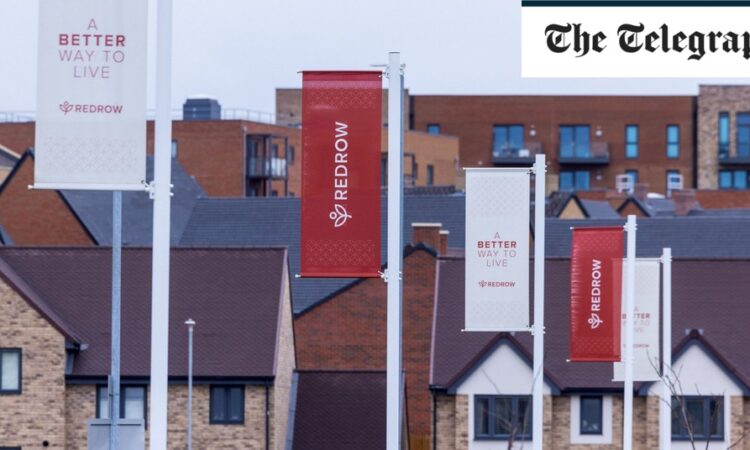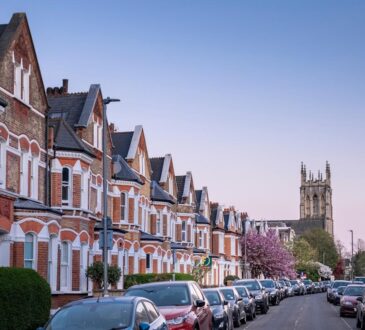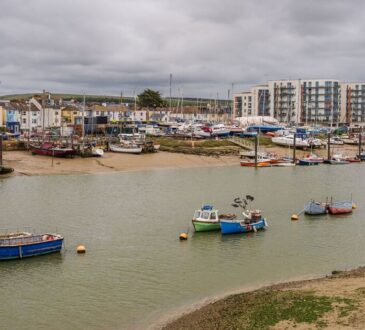
Changes to the planning system under David Cameron’s government, which punished councils that didn’t set aside enough land for new homes, also ensured more developments were approved at appeal.
As the success of these policies gathered pace, the number of homes added in England eventually peaked at 248,590 in the year to March 2020 – although this was still short of the Government’s declared target of 300,000 per year.
That was also good for builder profits, with Barratt making £909m in 2019 and rival Persimmon earning profits in excess of £1bn.
Yet a backlash in the shires since then has prompted Conservative ministers to strengthen planning rules, with Michael Gove, the Housing Secretary, recently scrapping a requirement for councils to stick to the targets given to them by Whitehall.
At the same time, the Covid pandemic temporarily paralysed house builders, while the subsequent market downturn that has accompanied rising interest rates sent buyers running for the hills.
In the wake of this turmoil, the number of homes completed in the 2022/23 financial year has dipped to 234,400 – 6pc below its previous peak. Industry body the Home Builders Federation has warned the number could soon drop below 200,000 per year, based on the number of homes being started.




